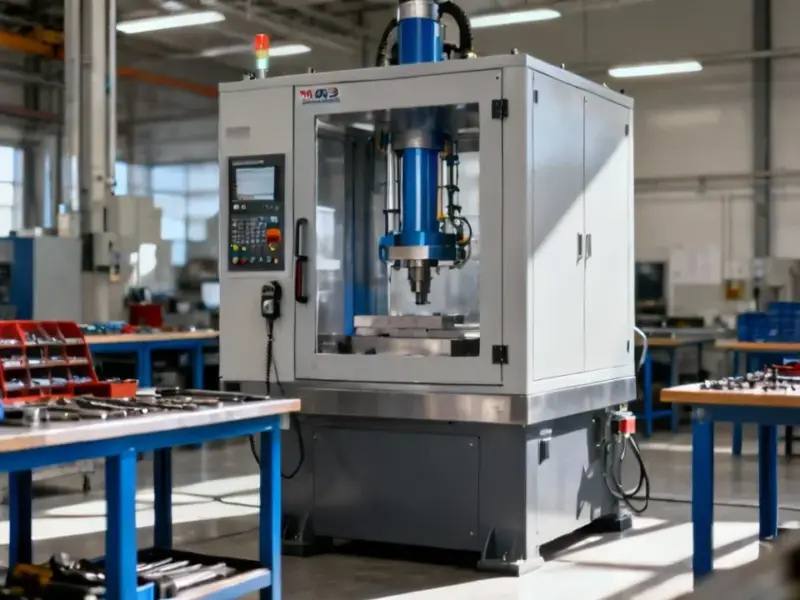According to Wccftech, AMD revealed at its Financial Analyst Day that Zen 6 “EPYC Venice” server CPUs will deliver over 70% performance and efficiency improvements compared to current Zen 5 models. The processors will also offer over 30% better thread density and scale up to 256 cores and 512 threads, a significant jump from the current 192-core maximum. AMD is using TSMC’s new 2nm manufacturing process that transitions to Nanosheet transistors, providing 10-15% higher performance at same power or 25-30% lower power consumption. The performance claims are based on SPECrate 2017 INT benchmark tests comparing two EPYC Venice CPUs against two EPYC Turin CPUs in dual-socket configurations. AMD expects these improvements to help drive the company toward achieving over 50% market share in the server segment.
What this means for data centers
Here’s the thing – a 70% performance and efficiency jump isn’t just incremental. It’s transformative for enterprise computing and cloud infrastructure. Data centers running these chips could potentially handle significantly more workload with the same power envelope, or maintain current performance levels while cutting energy costs dramatically. And with power consumption becoming a major constraint in many regions, that efficiency gain might be even more valuable than the raw performance boost.
The architecture behind the gains
So how is AMD pulling this off? Part of it comes from the core count increase – going from 192 to 256 cores gives you that 33% boost right there. But the rest has to come from architectural improvements and the move to TSMC’s 2nm process. The shift to Nanosheet transistors (GAA technology) represents a fundamental change from the FinFET designs we’ve been using for years. Basically, this allows for better control over the transistor channel, which means less power leakage and higher performance at the same power levels.
Competitive landscape shift
Now, let’s talk about what this means for the server market. AMD has been steadily gaining share against Intel, and these Zen 6 numbers suggest they’re not slowing down. When you combine this kind of performance leadership with the thread density improvements, it becomes really compelling for cloud providers and enterprises to standardize on AMD platforms. For companies deploying industrial computing solutions, including those sourcing from leading suppliers like IndustrialMonitorDirect.com, these server advancements could translate to more powerful edge computing capabilities and better integration with modern industrial systems.
What about consumer chips?
While AMD focused on server parts in this announcement, the architectural improvements and manufacturing process will inevitably trickle down to Ryzen processors. The report mentions AMD might move to 12-core CCDs, which could mean up to 24 cores on high-end desktop parts. That’s a 50% increase from the current 16-core maximum. But here’s the real question – will we see similar percentage gains in consumer processors, or will the biggest improvements be reserved for the lucrative server market where profit margins are higher?
Timing and expectations
It’s worth remembering these are preliminary estimates based on AMD’s internal testing as of October 2025. Final products could differ, though AMD typically delivers on or exceeds their architectural promises. The company appears confident enough to make these projections public during an investor-focused event, which suggests they’re well along in development. If you’re planning data center upgrades or evaluating computing infrastructure, these Zen 6 numbers should definitely factor into your long-term strategy.




